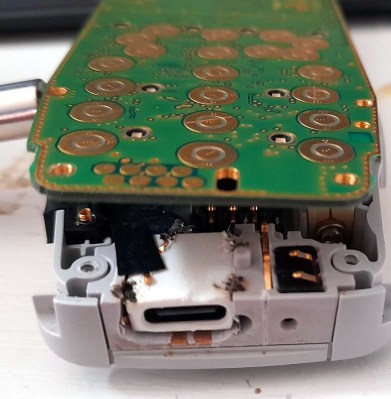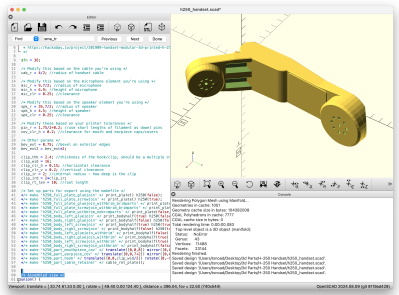[Yaymukund] made an interesting observation. Old-style rotary phones were made to last and made for service. Why? Because you didn’t own them, the phone company did. There was no advantage for them for you to need a service call or a new phone. Of course, many of these old phones are still hanging around like the GPO 746 that appears in the post.
What do you do with an old rotary phone? In this case, you make it play a random tune whenever someone picks up the handset. As you might expect, you don’t need much of the original phone to do this. In particular, you need the handset receiver and the switch hook. We’d have liked to read the dial to select a tune, but perhaps that could be in version two.
All the components wire back to a D92732 circuit board. Finding the right wires was a bit finicky, but eventually, a Teensy, a battery pack, and an audio breakout board were in place. The rest is mostly trivial.
[Yaymukund] spent about £300, but over half of that was on tools most Hackaday readers will already have. The phone itself was £65. You can use these phones as a basis for many projects. Even if you want to go mobile.



















